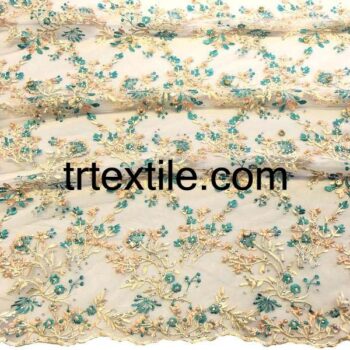-
grinding lace fabric 1
$65,00Original price was: $65,00.$60,00Current price is: $60,00. -
grinding lace fabric 10
$65,00Original price was: $65,00.$60,00Current price is: $60,00. -
grinding lace fabric 11
$65,00Original price was: $65,00.$60,00Current price is: $60,00. -
grinding lace fabric 12
$65,00Original price was: $65,00.$60,00Current price is: $60,00. -
grinding lace fabric 13
$65,00Original price was: $65,00.$60,00Current price is: $60,00. -
grinding lace fabric 14
$65,00Original price was: $65,00.$60,00Current price is: $60,00. -
grinding lace fabric 15
$65,00Original price was: $65,00.$60,00Current price is: $60,00. -
grinding lace fabric 16
$65,00Original price was: $65,00.$60,00Current price is: $60,00. -
grinding lace fabric 17
$65,00Original price was: $65,00.$60,00Current price is: $60,00. -
grinding lace fabric 18
$65,00Original price was: $65,00.$60,00Current price is: $60,00. -
grinding lace fabric 19
$65,00Original price was: $65,00.$60,00Current price is: $60,00. -
grinding lace fabric 2
$65,00Original price was: $65,00.$60,00Current price is: $60,00. -
grinding lace fabric 20
$65,00Original price was: $65,00.$60,00Current price is: $60,00. -
grinding lace fabric 3
$65,00Original price was: $65,00.$60,00Current price is: $60,00. -
grinding lace fabric 4
$65,00Original price was: $65,00.$60,00Current price is: $60,00. -
grinding lace fabric 5
$65,00Original price was: $65,00.$60,00Current price is: $60,00.
Lace fabrics have been a beloved textile for centuries, renowned for their delicate beauty and intricate designs. From the regal gowns of royalty to the everyday garments of the common people, lace has been a staple in fashion for generations.
The history of lace dates back to the 16th century, where it originated in Europe, particularly in Italy, France, and Belgium. Lace was initially handmade using intricate techniques such as needlework, bobbin lace, and tatting. These labor-intensive methods produced exquisite designs that were highly coveted by the elite.
During the Industrial Revolution, lace production shifted from handmade to machine-made techniques. This made lace more accessible to the masses and led to its widespread popularity in fashion. Today, lace fabrics are produced using a variety of methods, including machine-made, handcrafted, and even computerized techniques.
One of the most popular types of lace fabrics is Chantilly lace, which originated in France in the 17th century. Chantilly lace is known for its fine, delicate netting and intricate floral patterns. It is often used in bridal gowns, lingerie, and evening wear due to its romantic and feminine aesthetic.
Another popular type of lace fabric is Guipure lace, which is characterized by its bold, geometric designs and solid background. Guipure lace is often used in modern fashion for its edgy and contemporary look.
Other types of lace fabrics include Alençon lace, which features intricate needlework and delicate floral motifs, and Venetian lace, which is known for its fine, intricate patterns and rich history.
Lace fabrics are versatile and can be used in a wide range of garments, from dresses and blouses to accessories and home décor. They can add a touch of elegance and sophistication to any outfit and are often used in bridal wear for their romantic and timeless appeal.
When it comes to caring for lace fabrics, it is important to handle them with care to prevent damage. Lace should be hand washed or dry cleaned to maintain its delicate structure and intricate designs. It is also recommended to store lace fabrics in a cool, dry place away from direct sunlight to prevent fading and discoloration.
In conclusion, lace fabrics are a timeless and versatile textile that has been cherished for centuries. From its humble beginnings as a handmade craft to its modern machine-made iterations, lace continues to be a beloved fabric in fashion and design. Whether you prefer the delicate beauty of Chantilly lace or the boldness of Guipure lace, there is a lace fabric for every style and occasion.















